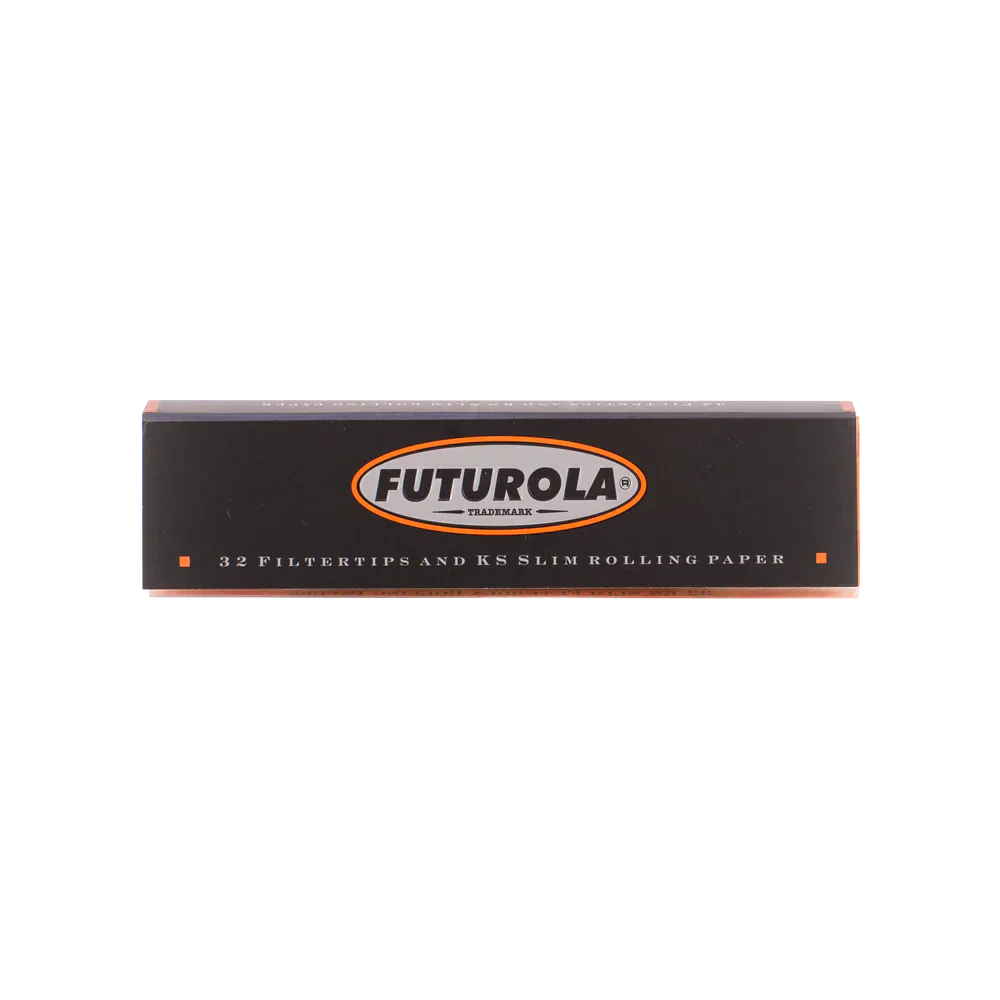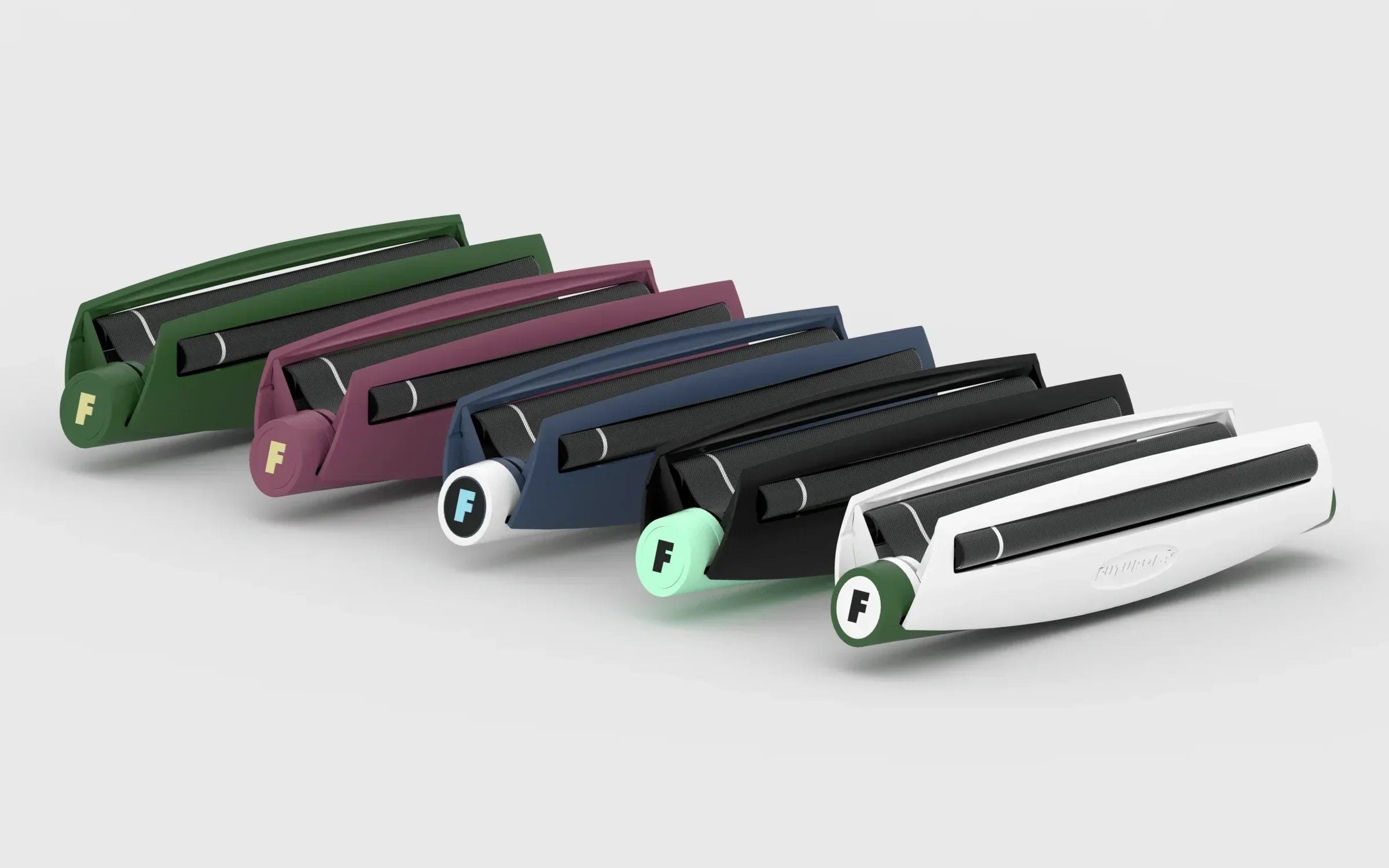Cone rolling isn’t just another skill for the smoke circle. For anyone who cares about sharing flower with friends and keeping the session smooth, it’s a way of life. The difference between a perfect cone and a half-baked roll comes down to knowing the moves, the materials, and the little details that most people never even think about.
With the right cone roller guide, anyone can go from basic packs to rolls that actually get the crew talking. This isn’t about showing off, it’s about getting the best experience every single time.
Every session is different, but one thing stays true: a solid cone roller guide will have every type of roller covered, from the first-timer to the one everyone calls when it’s time to roll up.
This overview breaks down every step, from picking the best rolling papers to storing cones, with a real, hands-on approach that skips the boring parts and gets straight to what works.
Why Consistency Makes the Cone Roller Guide Worth Following
The reality is that rolling cones is part science, part vibe. Consistency takes each session from “meh” to memorable. Every time someone skips a step or just wings it, the result is usually a cone that burns weird, pulls tight, or tunnels down one side. Following a proper cone roller guide means dialing in the habits and little moves that guarantee smooth, reliable cones every single time.
Building those habits makes the whole process easier. It saves time, keeps the crew happy, and, let’s be real, makes the roller look like the MVP of the party. There’s no feeling quite like pulling out a cone that’s packed right and burns perfectly all the way down. That’s what this guide is here to help with.
Choosing the Right Papers for Rolling
All cones start with the paper. Some people just grab whatever’s on hand, but a proper cone roller guide is about understanding how paper choice sets the tone for everything else. The right paper means a better burn, less waste, and a more enjoyable session.
Paper Size and Material
Rolling papers come in a wild range of sizes and materials. There’s king size, regular, slim, and everything in between. Some are made from hemp, others from rice, some from wood pulp. Each one burns differently, tastes a little different, and changes how easy it is to roll. If the crew’s big or the session’s going long, a king-size cone is usually the move. For solo sessions or short breaks, smaller cones keep things chill and manageable.
Texture and Thickness
Paper thickness is more important than most realize. Thicker papers are easier for beginners, but thinner ones burn cleaner and taste better. Texture matters, too. Super slick papers can make rolling tricky, but too much texture means uneven burns. It’s about finding the sweet spot—a paper that feels sturdy but doesn’t kill the flavor.
Flavored or Unflavored
Some rollers are all about that hint of grape, mint, or even coffee. Flavored papers add an extra twist, but not everyone is a fan. For most, unflavored papers are the go-to for letting the flower shine. It’s a preference thing, and a good cone roller guide says to try a few types and see what actually fits the vibe.
Grinding and Flower Prep: Getting It Just Right
Prepping flower before it even touches the paper is a make-or-break move in cone rolling. The best cones always start with a fluffy, even grind. Clumpy, chunky pieces make for weird burns, and grinding too fine just leads to packed-up airflow. The trick is finding the balance.
Why Fluffy Grinds Matter
A fluffy grind means the flower stays light and airy, which helps air move through the cone when it’s packed. This gives the session a much smoother pull, less chance of clogging, and more even burns from start to finish. The best cone rollers take a second to break up anything chunky and make sure the grind is uniform all the way through.
How to Avoid Over-Grinding
It’s easy to get carried away with the grinder, but a dusty, powdery flower will ruin the cone. It packs down too tightly, blocks airflow, and burns unevenly. The goal is to keep the grind light—think small bits, not dust. If it’s falling through the grinder screen like sand, it’s too much.
Even Distribution Is Everything
Dumping all the flower into the cone at once almost always leads to trouble. Sprinkle a little in at a time, tap gently, and shake the cone so the flower settles naturally. This keeps the pack even and avoids any empty pockets that can turn into weird, uneven burns halfway through.
Packing Like a Pro: The Centerpiece of Every Cone Roller Guide
Packing is the difference between a cone that holds up for the whole session and one that falls apart halfway through. This part of the cone roller guide is where skills get tested and where every little move adds up.
Tamping in Stages
No one wants a cone that’s rock solid on the bottom and empty at the top. The real move is to tamp in layers. Add a bit of flower, tamp lightly, repeat. Too much pressure means blocked airflow, but not enough leaves gaps. Using a packing tool, a chopstick, or even the end of a lighter gets the job done. The cone should hold its shape but still let air flow through without a fight.
Checking for Airflow
Before finishing the cone, do a quick airflow check. Give the packed cone a gentle pull—if air moves through with just a bit of resistance, it’s good. If it feels plugged, pull some flower out and try again. This little test saves a lot of headaches later on.
Perfecting the Cone Shape
After packing, roll the cone gently between your fingers to smooth it out and shape it up. This step isn’t just for looks—a well-shaped cone burns more evenly and feels better in hand. Once it’s shaped, twist the tip to keep everything in place. It’s a classic finishing move that seals the deal and makes every cone feel like it’s ready for a proper session.
Storage and Freshness: Don’t Let Good Work Go to Waste
After all that effort, cones deserve to be stored right. A cone roller guide wouldn’t be complete without tips on keeping every cone fresh and ready, whether it’s for the next hour or next week.
Using the Right Storage
Cones can get bent, crushed, or dry if left out or tossed in a bag. Hard cases and airtight tubes keep cones looking perfect and ready to go. Soft pouches work in a pinch but aren’t ideal for longer storage or travel. Anyone rolling more than one cone at a time should have some kind of storage system in place to protect their work.
Avoiding Dry-Out
Flower dries fast, especially in low-humidity environments. Sealing cones in airtight containers preserves freshness and keeps the flower tasting good. No one wants a dry, brittle cone that burns way too fast.
Prepping Ahead
For parties or big sessions, rolling cones ahead of time is a huge time-saver. Just make sure to store them upright in a solid case, away from heat and moisture. That way, every cone is just as good as if it were rolled right before the session.
Troubleshooting: Quick Fixes for Cone Rolling Problems
No matter how many times someone rolls, stuff goes wrong. The best part of a real cone roller guide is having solutions ready for all the classic cone fails.
Dealing with Tight Pulls
If a cone is packed too tight, it’s tough to fix after the fact—but it’s not impossible. Start by pinching the tip and shaking gently to loosen up the pack. If that’s not enough, use a thin tool to poke through and open up the airflow. Sometimes, just pulling out a bit of flower at the tip makes a big difference.
Fixing Canoeing and Uneven Burns
Cones that burn unevenly or “canoe” usually got packed lopsided or have too much flower on one side. Relight the slow side, rotate the cone as it burns, and make minor adjustments with a gentle tap. If it keeps happening, focus on packing more evenly next time.
Keeping the Cone Lit
When a cone keeps going out, the culprit is usually either moisture or loose packing. Let the flower dry a little longer before packing, and add a bit more pressure when tamping to help the cone hold its ember.
FAQs
How can a cone roller guide help improve my sessions?
A good cone roller guide walks through every step, from picking the right papers to packing and storing, so every session hits smoother. It cuts out the guesswork, saves flower, and helps avoid all the classic rookie mistakes that kill the vibe.
What’s the best way to keep airflow in a cone?
The best airflow comes from a consistent grind and light tamping in layers. Always do a dry pull before twisting the tip to check resistance. If it’s blocked, loosen up the pack before lighting.
Why does my cone burn unevenly?
Uneven burns usually mean the cone was packed unevenly or the paper was damaged during rolling. Focus on even distribution of flower, take time shaping the cone, and rotate it as it burns for the best results.
How do I fix a cone that keeps going out?
First, check the flower’s moisture level. Let it dry more if it’s too wet. If the pack is loose, try tamping a little tighter next time. Relight the cone, but if it keeps going out, it may be best to start fresh.
Is it better to roll cones ahead of time or on the spot?
Both work, but rolling ahead is clutch for big groups or busy nights. Just make sure to store cones in an airtight container to keep them fresh and ready for the next session.





LEAVE A COMMENT
All comments are moderated before being published.
This site is protected by hCaptcha and the hCaptcha Privacy Policy and Terms of Service apply.